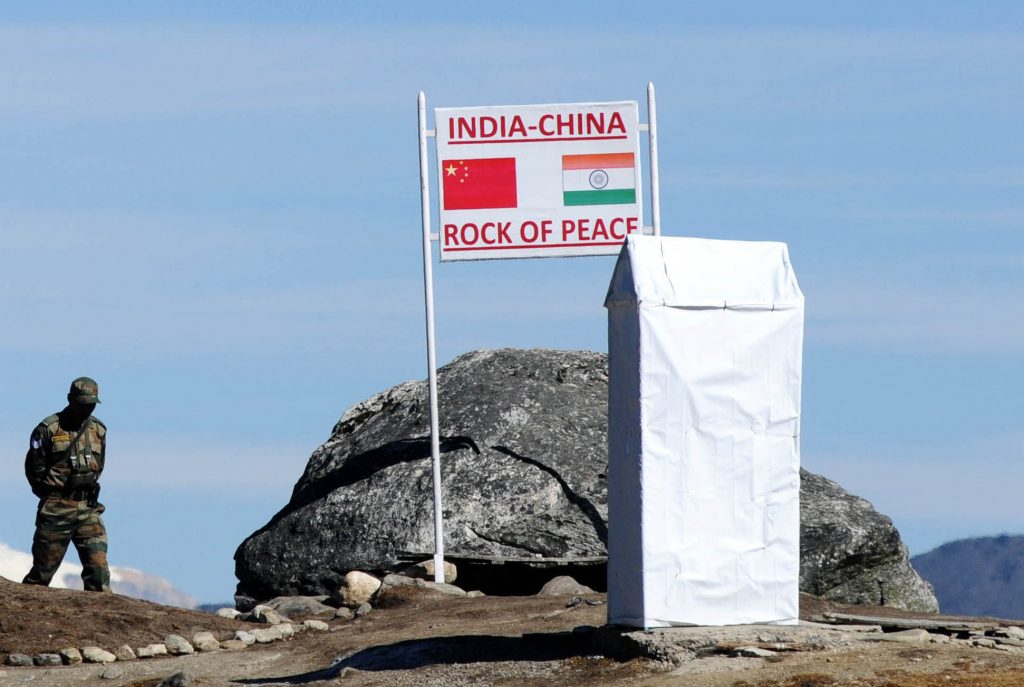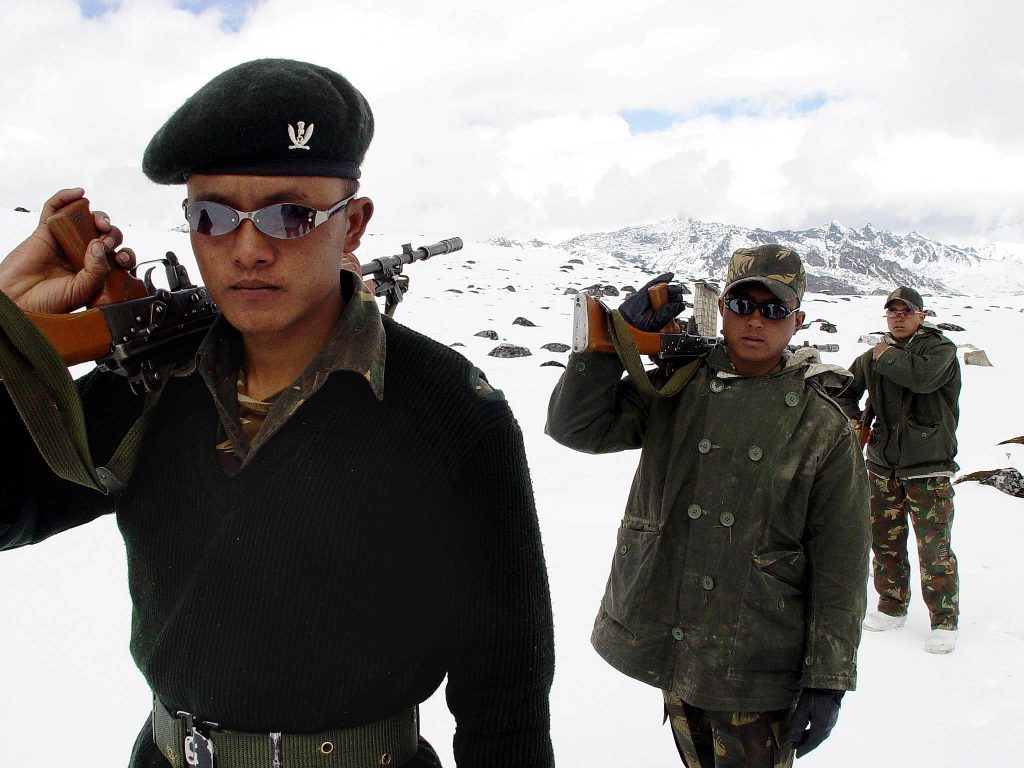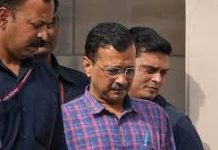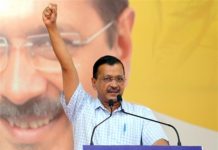China does not practice what it preaches. While on one hand, it keeps the borders with India simmering and threatens Taiwan and Hong Kong, on the other hand, it brokers a Saudi-Iranian peace deal and advocates restraint to warring nations Russia and Ukraine, writes Priti Prakash
‘The situation along the Line of Actual Control (LAC) in eastern Ladakh remains very fragile and quite dangerous in terms of military assessment”, said External Affairs Minister S Jaishankar recently. “We have made it very clear to the Chinese that we cannot have a breach of peace and tranquility, you can’t violate agreements and then want the rest of the relationship to continue as though nothing happened.” In a rare contradiction of its kind to the statement made by Prime Minister Narendra Modi some time back, External Affairs Minister S Jaishankar admitted that the situation at the border is fragile.
Full marks to China for preaching something and practising something else. While on one hand, it keeps the borders with India simmering, threatening Taiwan, Hong Kong, on the other hand, it advocates peace to warring countries, Russia and Ukraine, and brokers a peace deal between Saudi Arabia and Iran.
Alas! Our border disputes with China do not seem to be resolving any soon. We have a live border with them with 60,000 troops in worryingly close proximity at the LAC in the north as they eye Arunachal Pradesh in the east. But from the Indian perspective, we are at an impasse with China, say analysts.
Interestingly, in the larger strategic context with India, for China it’s not just about fixing a boundary alone, messaging is also important. So to show India that the US can’t save her and that it’s China we have to deal with. To show India’s neighbours, India can’t even take care of herself so no point relying on India. To show Bhutan, Nepal and Sri Lanka that therefore they need to be much more accommodative with China. And to show the US that if they think India is the counterweight to China and that they can use the strategy centred around India, then China can handle India whenever it suits them. So although they may not have achieved all this but to a considerable extent they have postured enough to create doubts and tie India down, or distract her.

A former diplomat says, ‘You can hold 16 rounds of talks at every level but you have no idea what Xi Jingping is hearing or what Modi is hearing. We don’t know what goes through a centralised system, very little truth filters through. All experienced history tells us that systems like that are not faithful and accurate transmitters of the truth and it’s important to therefore have some kind of channel that actually works. We need a granular strategy that actually works for some big advantages. What is missing is real strategic dialogue with the Chinese, where you sit for seven hours and address your concerns.’
Tactically, Chinese will like to project things as normal. The fact is that they have gained a fair amount since 2020. Economically, the west is going into recession. The Chinese are at a moment when they feel the power or what explains Scholz and Macron calling on Beijing!
The Chinese posturing towards the rest of the world and also to countries like India is influenced by what China perceives as the actual balance of power with the country concerned, also importantly what it sees in the geo-political context in which this relationship must be viewed, says Shyam Saran, former Foreign Secretary, Government of India.
The Chinese have upped their demands over the time as they see their relative power grow. India has consistently insisted that the status quo is unacceptable as a settlement. Our position since 1962 has been constant that you can’t keep the gains of aggression. After 1985, when they said that Tawang was essential, they talked about concessions to be given in the east. Now they say you indicate what concessions you are willing to make in the east and we’ll tell you what concessions we’ll make in the west. All this ultimately calls for a political decision on the give and take.
Although without achieving their aim 100%, China has gained some ground as an outcome along with some military tactical stuff, what is of significance is that when China was internally divided and disturbed within the leadership, is when we fought 1962. It was then the trouble with the Soviet Union started too. Trouble inside China tends to externalise, says former Ambassador Shiv Shankar Menon. Contrary to the popular view, it’s the Chinese politics that drives their foreign policy.
Also what is significant is that domestic politics (particularly an upcoming election in India) in either country does not permit real change or movement in the relationship.
Our economic dependency on China is much more now than before. After Galwan, when the government cut down on imports from China, every sector that mattered including automobiles, pharma or electronics, asked the government to reconsider the decision, or they would be doomed. So the impasse.
As per a China expert, the Chinese leadership sees India in its way to primacy, so the more India rises we will see more Chinese resistance. So we are going to see a more authoritarian China, much more adversarial relationship and in that context, borders like Pakistan are tools and instruments for China in a way.

Former NSA and Ambassador, Shiv Shankar Menon says, “For me the likely outcome is a China which will be a predominant Asian military power, a global economic power but will face increasing friction at home. But a powerful frustrated China is not a good prospect for anyone, not even Chinese. So what should we do….. Thanks to China, we look much more attractive globally than we were before and the fact is we need the US to transform us. Restoring deterrence on the border is essential. Consolidate the periphery.”
The sub continent too doesn’t give a very rosy picture. Five governments have changed in the last year and half, and not all of them happily. Three of them (Pakistan, Sri Lanka and Bangladesh) are in a debt crisis and are talking to the IMF, and the rest of the world is doing nothing. The Chinese would not reschedule their debts to Sri Lanka as they fear that the $1 trillion of BRI countries too will raise their hands up. The Americans won’t give money to the IMF as they think their money will be used to pay back the Chinese. That is where opportunity for India opens up. It’s now our chance to make the rupee currency of the sub continent, offer a common payment system, and work for economic integration at a time when people really need it. Here’s our chance to actually build a peaceful periphery, according to a source. This includes working with neighbours like Japan and IOR countries. But most of all, we need to give it not just some political or military but some economic teeth too.
The reality as of today is that we are a big trading power across the sub continent with Nepal, Bangladesh and other neighbours and are doing things today that we never did before since Independence. In the realm of practical cooperation in South Asia today, we are much better off than we were earlier. But the fact remains that we cannot decouple from China and we have a terrible strategic rivalry. And so, as Foreign Policy hawks say, it shouldn’t stop us from following an underdog strategy. They are strategies that can be adopted when you are weaker.
International relations cannot be black and white. It’s all grey.













